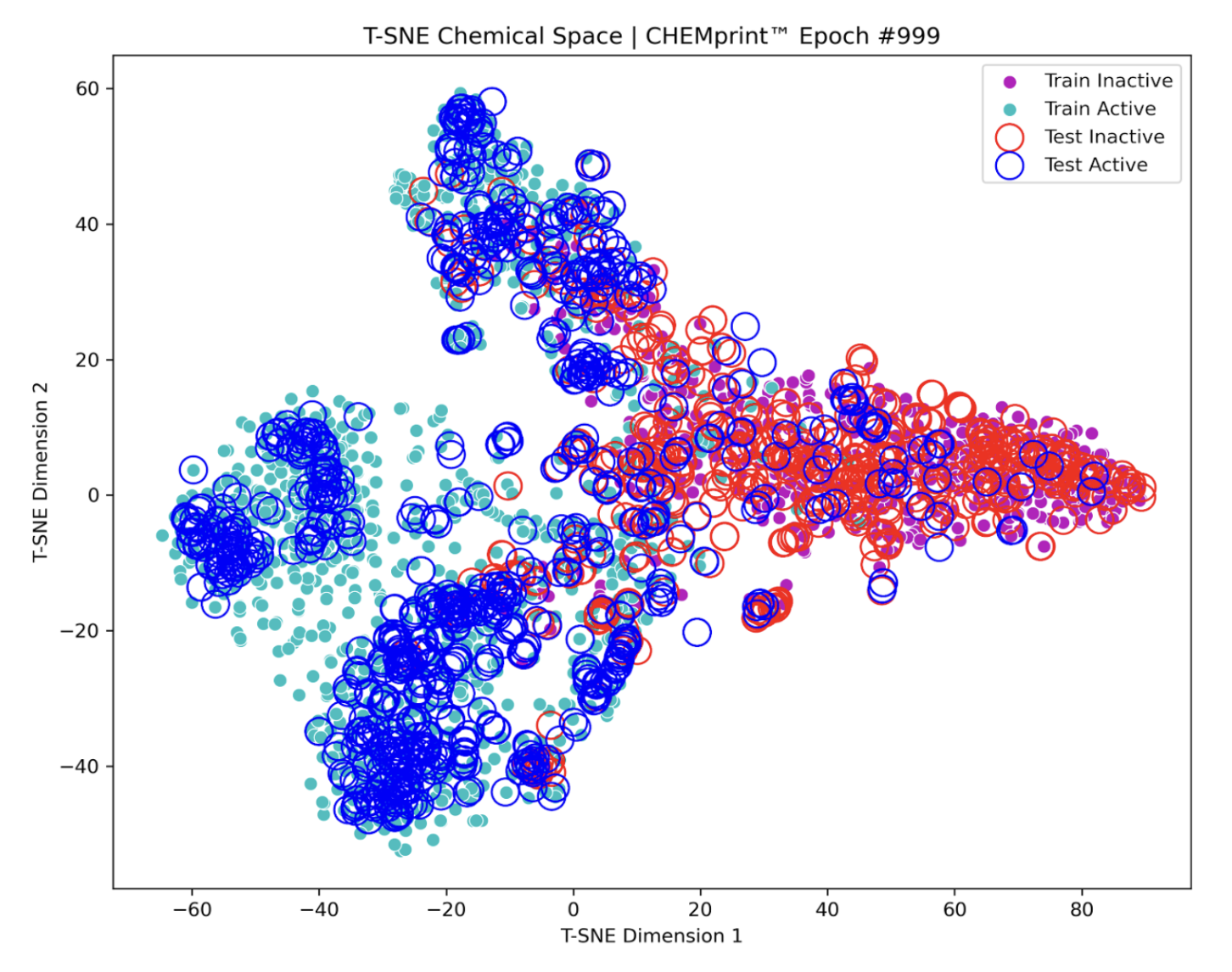Vanity Metrics & Black Boxes ≠Therapeutics
Maximizing prospective model performance for AI drug discovery through field optimized data segmentation, adaptive molecular representations, novel subgraph explainability and rigorous validation.
Model Medicines created and optimized its GALILEO™ AI Drug Discovery platform for prospective drug discovery, demonstrating a 45.5% discovery hit rate for cycle one of an oncology program and discovering MDL-001, a potential best-in-class therapeutic with preclinical animal model proof-of-concept.
This paper is part of a series that reviews various aspects of Model Medicines GALILEO™ AI Drug Discovery Platform and its two parallel drug discovery modules CHEMPrint™ and Constellation™ .
Each paper demonstrates the capabilities of the GALILEO™ platform through quantitative case studies. The first three CHEMPrint™ papers presented our proprietary, class-leading pharmacophore modeling data acquisition and curation pipeline [1], proprietary, class-leading AI-Graph Mining PAINS Classification model [2], and the rationale for the Target Product Profile (TPP) of our infectious disease program and MDL-001, a potential best-in-class therapeutic discovered using the CHEMPrint™ platform [3]. The first Constellation™ paper presented our proprietary, cutting edge Cryo-EM data acquisition pipeline [4].
This paper focuses on the training, validation and performance of our Molecular Geometric Deep Learning (Mol-GDL)/Quantitative Structure Activity Relationship (QSAR) drug discovery production model, CHEMPrint™.


